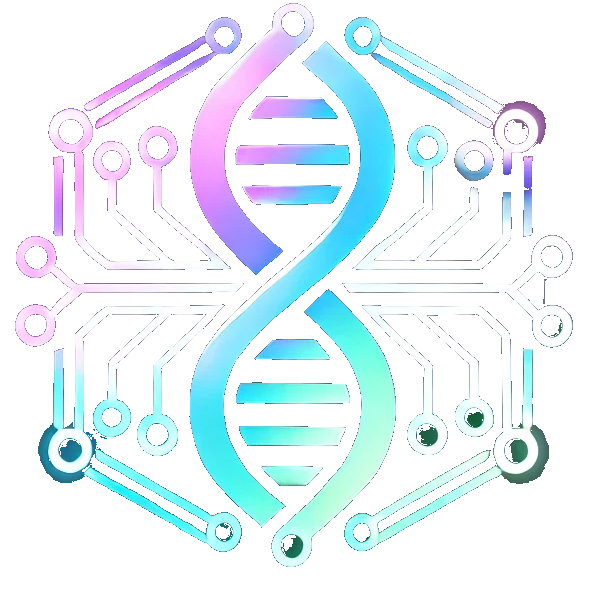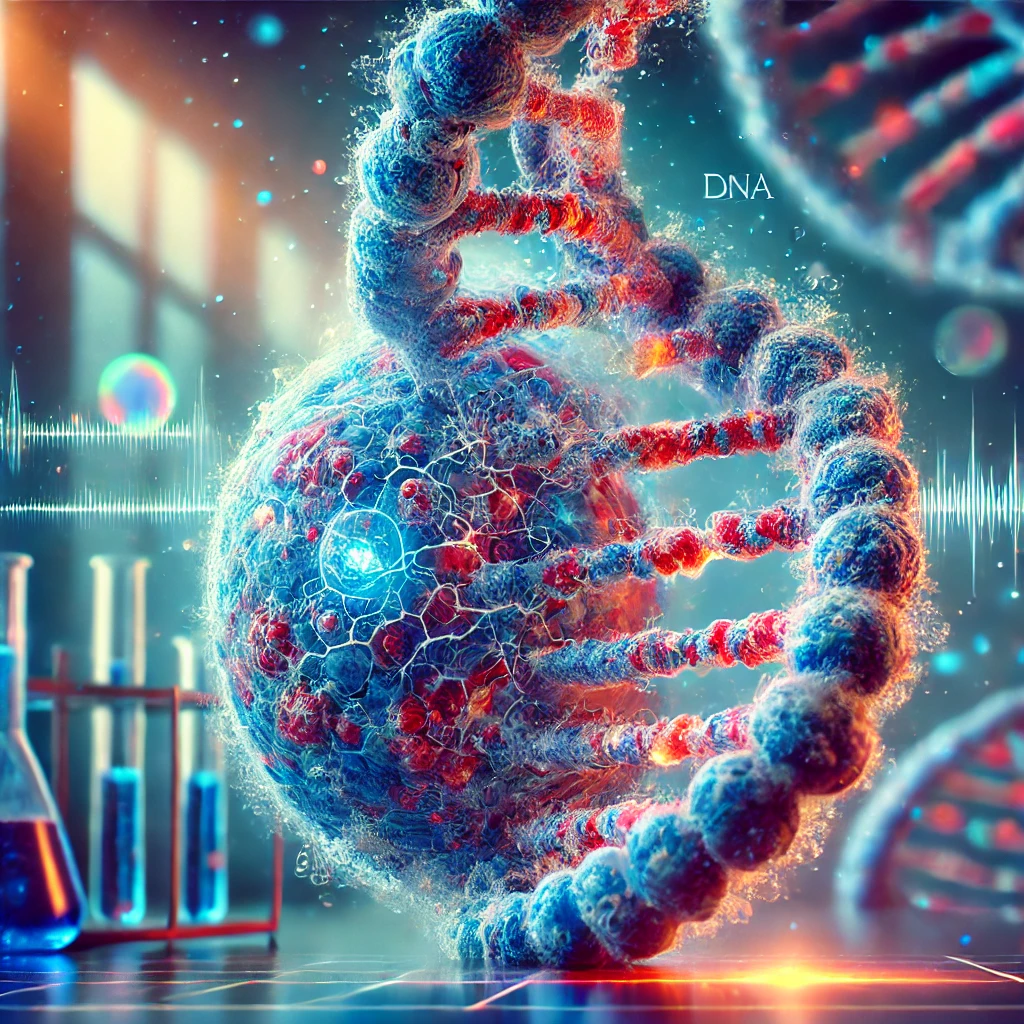Genomic Instability: A Pillar of Aging
Aging is a complex, multifaceted process that affects all living organisms. Among its many drivers, genomic instability stands out as a critical contributor to cellular dysfunction and age-related decline. This article explores the concept of genomic instability, its causes, consequences, and potential interventions to mitigate its impact.
Understanding Genomic Instability
Genomic instability refers to the gradual accumulation of damage to the DNA within cells. This damage can manifest as mutations, chromosomal rearrangements, double-strand breaks, or other structural alterations to the genetic material. The origins of such damage are both internal and external:
- Internal Factors:
- Reactive Oxygen Species (ROS): Byproducts of cellular metabolism, particularly within the mitochondria, can cause oxidative damage to DNA.
- Replication Errors: Mistakes during DNA replication may evade correction, leading to mutations.
- External Factors:
- UV Radiation: Exposure to ultraviolet light can induce thymine dimers and other forms of DNA damage.
- Chemical Carcinogens: Tobacco smoke, industrial pollutants, and certain dietary compounds can cause DNA adducts or strand breaks.
Over time, the accumulation of DNA lesions overwhelms the cell’s repair mechanisms. Unrepaired damage can trigger cell senescence, apoptosis, or malignant transformation, contributing to tissue dysfunction and age-related diseases.
Potential Interventions for Genomic Stability
Efforts to counter genomic instability focus on enhancing the DNA repair mechanisms, reducing DNA damage, and optimizing cellular health. Below are some promising strategies:
Enhancing DNA Repair Pathways
- NAD⁺ Boosters:
- NAD⁺ is a critical coenzyme involved in numerous cellular processes, including DNA repair. It serves as a substrate for enzymes like poly(ADP-ribose) polymerases (PARPs) and sirtuins, which play pivotal roles in repairing DNA breaks.
- Examples: Nicotinamide riboside (NR) and nicotinamide mononucleotide (NMN) are supplements that can boost NAD⁺ levels, potentially enhancing DNA repair capacity and cellular resilience.
- Sirtuin Activators:
- Sirtuins, particularly SIRT1, regulate genomic maintenance by coordinating DNA repair and chromatin remodeling.
- Activation of sirtuins can be achieved through lifestyle interventions (e.g., caloric restriction) or compounds like resveratrol, a natural polyphenol.
Reducing Oxidative Stress
- Dietary Antioxidants:
- Fruits and vegetables rich in vitamins C and E, along with polyphenols, can neutralize reactive oxygen species, preventing DNA damage.
- Regular consumption of antioxidant-rich foods supports systemic reduction of oxidative stress.
- Mitochondrial-Targeted Antioxidants:
- Compounds like MitoQ are specifically designed to accumulate in mitochondria, where they directly counter ROS production. This reduces oxidative damage at its primary source.
Lifestyle Modifications
- Minimizing Exposure to DNA-Damaging Agents:
- UV Protection: Using sunscreen and avoiding excessive sun exposure mitigate the risks of UV-induced DNA damage.
- Avoiding Carcinogens: Quitting smoking and reducing exposure to environmental pollutants lower the burden of external DNA-damaging factors.
- Caloric Restriction and Intermittent Fasting:
- These dietary strategies have been shown to reduce oxidative stress and promote cellular repair pathways. Caloric restriction may also enhance the expression of genes involved in genomic maintenance.
Conclusion
Genomic instability is a fundamental driver of aging, influencing the health and longevity of organisms. While the accumulation of DNA damage is inevitable, interventions targeting DNA repair pathways, oxidative stress, and lifestyle factors offer promising avenues to slow this process. Continued research into these strategies could pave the way for therapies that not only delay aging but also enhance the quality of life in later years.



